

Articles
How To Store Multiple Laptops
Modified: January 5, 2024
Discover the best way to store multiple laptops with our informative articles. Simplify your organization and protect your devices with our expert tips and guidelines.
(Many of the links in this article redirect to a specific reviewed product. Your purchase of these products through affiliate links helps to generate commission for Storables.com, at no extra cost. Learn more)
Introduction
In today’s digital age, laptops have become an essential part of our lives. Many of us own multiple laptops, whether for personal or professional use. However, storing multiple laptops can present challenges in terms of organization, safety, and maintenance. It’s important to have a systematic approach to ensure the longevity and optimal performance of your laptops.
In this article, we will explore effective strategies for storing multiple laptops. Whether you’re a tech enthusiast with a collection of devices or a business owner with a fleet of laptops for your employees, these tips will help you keep your laptops safe, secure, and in good condition.
From determining the appropriate storage method to organizing and cleaning your laptops, we will cover everything you need to know to maintain an efficient and well-maintained laptop storage system. So, let’s dive in and discover the best practices for storing multiple laptops.
Key Takeaways:
- Properly storing multiple laptops is crucial for their safety, security, and longevity. By following the strategies and tips outlined in this article, you can create an efficient and organized system that ensures your laptops are well-maintained and easily accessible.
- Considerations for physical storage, such as temperature, ventilation, and protection from dust and physical damage, are essential for maintaining the optimal performance of your laptops.
Read more: How To Store Laptop
Determine the Appropriate Storage Method
Before you begin storing your laptops, it’s important to determine the most suitable storage method based on your needs and available space. Here are a few options to consider:
- Cabinets or Lockers: Cabinets or lockers provide a secure and organized solution for storing multiple laptops. Look for options with individual compartments or shelves that can accommodate laptops of various sizes. Ensure the cabinets or lockers have proper ventilation to prevent overheating.
- Laptop Bags or Cases: If you frequently travel with your laptops or need portable storage, laptop bags or cases are a convenient choice. They offer padding and protection for your devices while allowing for easy transportation.
- Shelves or Racks: If you have a dedicated space, such as a home office or a tech room, shelves or racks can be an excellent storage option. Ensure the shelves or racks are sturdy enough to support the weight of multiple laptops and have ample space between them for ventilation.
- Wall-Mounted Charging Stations: Wall-mounted charging stations are a great choice if you want to keep your laptops organized while charging them. Look for charging stations that have adjustable brackets or slots to accommodate different laptop sizes.
- Custom-Built Solutions: If you have specific requirements or a large number of laptops to store, you may consider custom-built storage solutions. Consult with a professional to design a system that meets your needs and maximizes the use of your available space.
When choosing a storage method, consider factors such as the number of laptops you need to store, the available space, portability requirements, and the level of security and protection you desire. Assessing these factors will help you select the most appropriate storage method for your multiple laptops.
Considerations for Physical Storage
When it comes to physically storing your laptops, there are several important considerations to keep in mind. These factors will help ensure the safety, accessibility, and optimal performance of your devices:
- Temperature and Humidity: Laptops are sensitive to extreme temperatures and high humidity levels. Avoid storing your laptops in areas that are too hot or cold, as it can cause damage to the internal components. Additionally, excessive moisture can lead to corrosion and other issues. Aim for a temperature-controlled environment with moderate humidity levels.
- Ventilation: Proper ventilation is crucial to prevent overheating of your laptops. Avoid storing them in closed spaces or tightly packed together. Allow sufficient space between the laptops and ensure there is proper airflow to dissipate heat. This can help prolong the lifespan of your devices and prevent performance issues.
- Protection from Dust and Debris: Dust and debris can accumulate on laptops, clog ventilation ports, and disrupt proper functioning. Store your laptops in clean and dust-free areas. Consider using laptop sleeves or covers to provide an additional layer of protection.
- Protection from Physical Damage: Laptops are susceptible to physical damage from accidental drops, bumps, or scratches. Choose storage solutions that offer padding or protective compartments to minimize the risk of damage. Avoid stacking laptops on top of each other or placing heavy objects on them.
- Accessories and Peripherals: Keep all laptop accessories, such as chargers, cables, and docking stations, organized and easily accessible. Consider using cable management solutions to avoid tangled cords and keep your storage area neat and tidy.
- Backup and Data Security: Regularly back up your laptop data to prevent loss in case of theft, damage, or system failures. Explore cloud storage options or external hard drives to securely store your important files and documents.
By considering these physical storage factors, you can create a safe and conducive environment for your laptops. This will help protect them from damage, maintain optimal performance, and ensure that they are easily accessible when needed.
Ensuring Safety and Security
Ensuring the safety and security of your laptops is essential, especially if they contain sensitive data or valuable information. Here are some strategies to help you keep your laptops secure:
- Physical Security Measures: Implement physical security measures to protect your laptops from theft or unauthorized access. This can include using secure locks, surveillance cameras, or alarm systems in the storage area. Be mindful of who has access to the storage space and consider limiting access to trusted individuals only.
- Password Protection: Set strong passwords and enable encryption on your laptops to prevent unauthorized access. Use a combination of upper and lowercase letters, numbers, and special characters in your passwords. Consider using password management tools to securely store and manage your login credentials.
- Antivirus and Security Software: Install reliable antivirus and security software on your laptops to protect against malware, viruses, and other online threats. Regularly update the software to ensure you have the latest security patches and features.
- Data Encryption: Encrypt your sensitive data to add an extra layer of security. This will protect your information even if the laptop falls into the wrong hands. Use built-in encryption tools or consider third-party encryption software.
- Remote Data Wiping: Enable remote data wiping functionality on your laptops. In case of theft or loss, this feature allows you to remotely erase all the data on the device to prevent unauthorized access to your personal or confidential information.
- Regular Software Updates: Keep your laptops up to date with the latest software and operating system updates. These updates often include security patches that address known vulnerabilities. Set up automatic updates whenever possible to ensure you don’t miss any important updates.
By implementing these safety and security measures, you can minimize the risk of data breaches, theft, or unauthorized access to your laptops. Remember to regularly review and update your security protocols to adapt to evolving threats and ensure the ongoing safety of your devices.
When storing multiple laptops, use a dedicated shelf or cabinet to keep them organized and protected. Make sure to unplug and fully shut down each laptop before storing to prevent any potential damage.
Organizing and Labeling
Proper organization and labeling of your laptops are crucial for easy access and efficient management. Here are some tips to help you keep your laptops organized:
- Categorize by User or Purpose: If you have multiple users or specific purposes for each laptop, consider categorizing them accordingly. This can be done by assigning a specific color or label to each user or purpose. For example, you can use colored stickers or labels to indicate which laptop belongs to which employee or department.
- Numbering or Naming Convention: Assign a unique number or name to each laptop for easy identification. This can be helpful, especially when you have a large number of laptops to manage. Use a consistent naming convention, such as including the user’s name or department abbreviation, to make it even more organized.
- Keep Accessories Together: Store laptop accessories, such as chargers, cables, and mice, together with their respective laptops. Consider using pouches or small containers to keep them organized and prevent them from getting tangled or misplaced.
- Clear Labels and Documentation: Label the storage area or compartments clearly to indicate the contents of each section. This will make it easier to locate specific laptops when needed. Additionally, maintain a documentation system where you can keep track of important laptop details, such as serial numbers, specifications, and warranty information.
- Implement an Inventory System: Create an inventory system to keep track of your laptops. This can be a simple spreadsheet or an inventory management software that allows you to record and update information such as the laptop’s condition, location, and assigned user. Regularly audit and update the inventory to ensure accuracy.
- Schedule Regular Audits: Set a schedule to conduct regular audits of your laptop storage. This will help you identify any missing or misplaced devices, detect any maintenance or repair needs, and ensure that your inventory is up to date.
By organizing and labeling your laptops, you can streamline your storage system, improve efficiency, and reduce the chances of misplacing or losing devices. Take the time to establish a clear and consistent organization and labeling system, and regularly maintain and update it for optimal effectiveness.
Read more: How To Store Multiple Wreaths
Cleaning and Maintenance
Regular cleaning and maintenance of your laptops are essential to keep them in optimal condition and prolong their lifespan. Here are some tips to help you maintain cleanliness and performance:
- Regular Dusting: Dust can accumulate on the surfaces and vents of your laptops, affecting their performance and causing overheating. Use a soft, lint-free cloth or a can of compressed air to gently remove dust and debris from the laptop’s exterior and keyboard.
- Screen Cleaning: Use a microfiber cloth or screen cleaning solution specifically designed for electronic devices to clean the laptop’s screen. Avoid using harsh cleaning chemicals or abrasive materials that can damage the screen.
- Keyboard Cleaning: Clean the keyboard regularly to remove dirt, crumbs, and other debris that may get trapped between the keys. Turn off the laptop and use a can of compressed air or a small brush to dislodge and remove any particles.
- Interior Cleaning: Over time, dust and debris can accumulate inside the laptop, impacting performance and causing overheating. If you’re comfortable doing so, you can open the laptop following the manufacturer’s instructions and clean the internal components using compressed air or an antistatic brush.
- Software Updates and Maintenance: Regularly update and maintain your laptop’s software and operating system. This includes installing the latest security patches, updating drivers, running disk cleanup and defragmentation tools, and scanning for malware or viruses.
- Battery Care: If your laptops have removable batteries, follow the manufacturer’s guidelines for proper care and maintenance. Avoid leaving fully charged or completely drained batteries for extended periods, as it can affect their lifespan. Consider calibrating the battery periodically to maximize its performance.
- Backup and Data Management: Regularly back up your laptop’s data to prevent loss in case of hardware failure or other unforeseen events. Use cloud storage, external hard drives, or network servers to securely store your important files and documents.
By incorporating regular cleaning and maintenance into your routine, you can keep your laptops in excellent condition and ensure their optimal performance. Remember to follow the manufacturer’s guidelines and recommendations for specific cleaning instructions and best practices.
Additional Tips and Recommendations
In addition to the previous suggestions, here are some extra tips and recommendations to further enhance your storage and maintenance of multiple laptops:
- Implement a Charging Schedule: If you have limited power outlets or want to prevent overcharging, consider implementing a charging schedule for your laptops. This will help distribute the charging load and ensure that all laptops are adequately charged when needed.
- Regularly Update Software and Firmware: Keep the software and firmware of your laptops up to date. This includes the operating system, antivirus software, drivers, and other installed applications. Regular updates often bring bug fixes, performance improvements, and security enhancements.
- Train Users on Proper Handling and Care: Educate the users of the laptops on proper handling, care, and maintenance. Provide guidelines on storing laptops securely, cleaning procedures, and the importance of data backups. This will help minimize the risk of accidental damage and improve overall laptop management.
- Consider Warranty and Insurance Coverage: Explore warranty options and consider purchasing insurance coverage for your laptops. This can provide additional protection and coverage in case of damage, theft, or other unforeseen events.
- Dispose of Old Laptops Responsibly: When it’s time to retire or dispose of old laptops, ensure that you do so responsibly. Check with local electronics recycling centers or programs to properly recycle or dispose of electronic waste.
- Regularly Review and Update Laptop Policies: If you’re managing multiple laptops for a business or organization, regularly review and update your laptop policies. Ensure that the policies cover areas such as usage restrictions, data security, and acceptable use guidelines to maintain a secure and productive environment.
By implementing these additional tips and recommendations, you can further optimize your laptop storage, maintenance, and overall management. Adapt these suggestions to suit your specific needs and requirements.
Conclusion
Properly storing multiple laptops is crucial for their safety, security, and longevity. By following the strategies and tips outlined in this article, you can create an efficient and organized system that ensures your laptops are well-maintained and easily accessible.
Start by determining the appropriate storage method based on your needs and available space. Whether it’s cabinets, bags, shelves, or custom-built solutions, choose a storage option that provides both protection and accessibility.
Considerations for physical storage, such as temperature, ventilation, and protection from dust and physical damage, are essential for maintaining the optimal performance of your laptops.
Ensure the safety and security of your laptops by implementing measures such as physical security, password protection, antivirus software, and data encryption. Regular software updates and backups further enhance the security of your devices.
Organizing and labeling your laptops make it easier to locate and manage them. Categorize laptops by user or purpose, assign unique names or numbers, and keep accessories together to maintain an organized storage system.
Regular cleaning and maintenance, both externally and internally, improve the performance and longevity of your laptops. Dusting, screen cleaning, keyboard cleaning, and software updates should be part of your regular maintenance routine.
Additional tips such as implementing a charging schedule, training users on proper handling, and considering warranty and insurance coverage further enhance your laptop storage and management practices.
In conclusion, by adopting these practices and incorporating them into your laptop storage and maintenance routine, you can ensure the safety, security, and optimal performance of your multiple laptops. Protect your valuable devices, organize your storage area, and provide the necessary care to keep your laptops in top condition for years to come.
Frequently Asked Questions about How To Store Multiple Laptops
Was this page helpful?
At Storables.com, we guarantee accurate and reliable information. Our content, validated by Expert Board Contributors, is crafted following stringent Editorial Policies. We're committed to providing you with well-researched, expert-backed insights for all your informational needs.
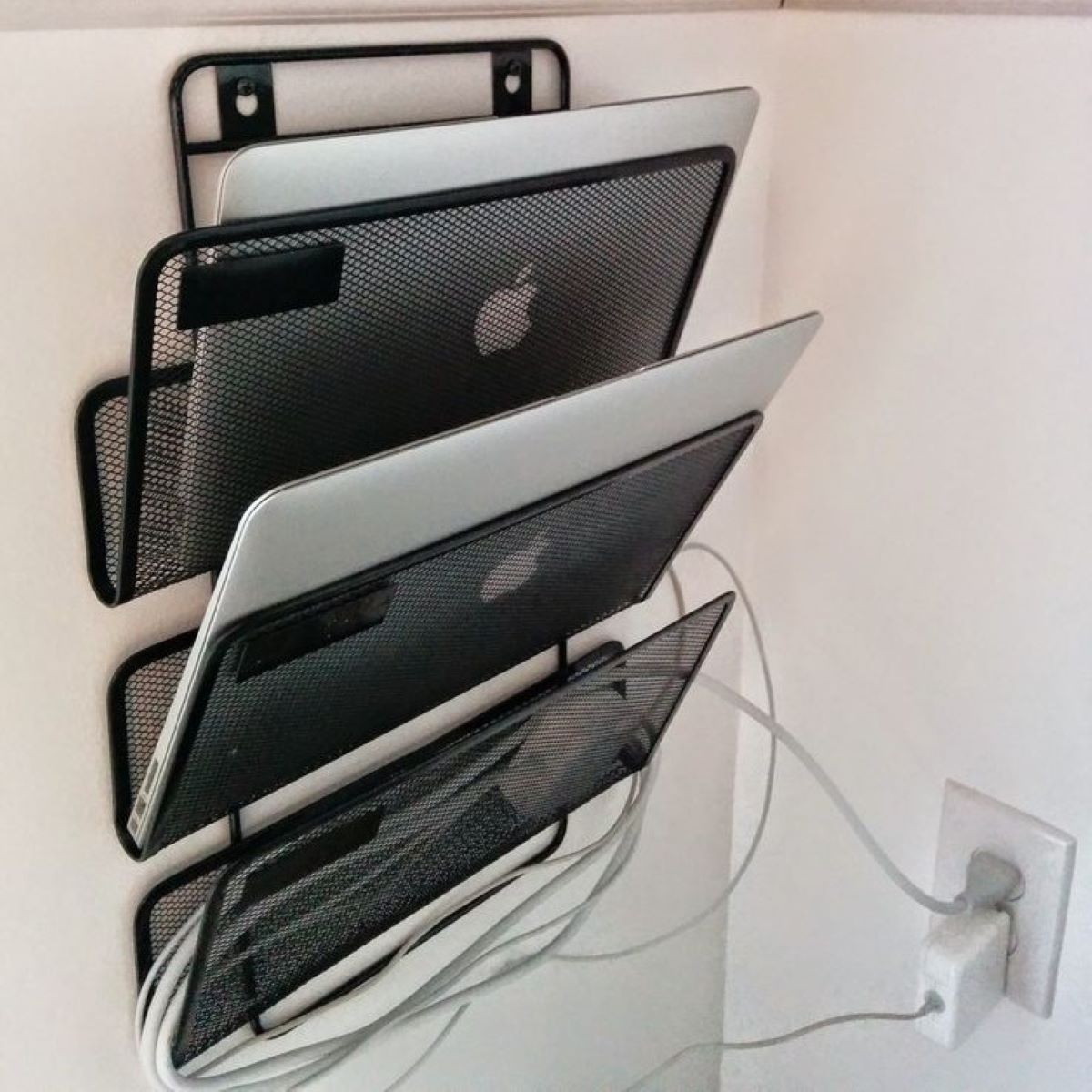

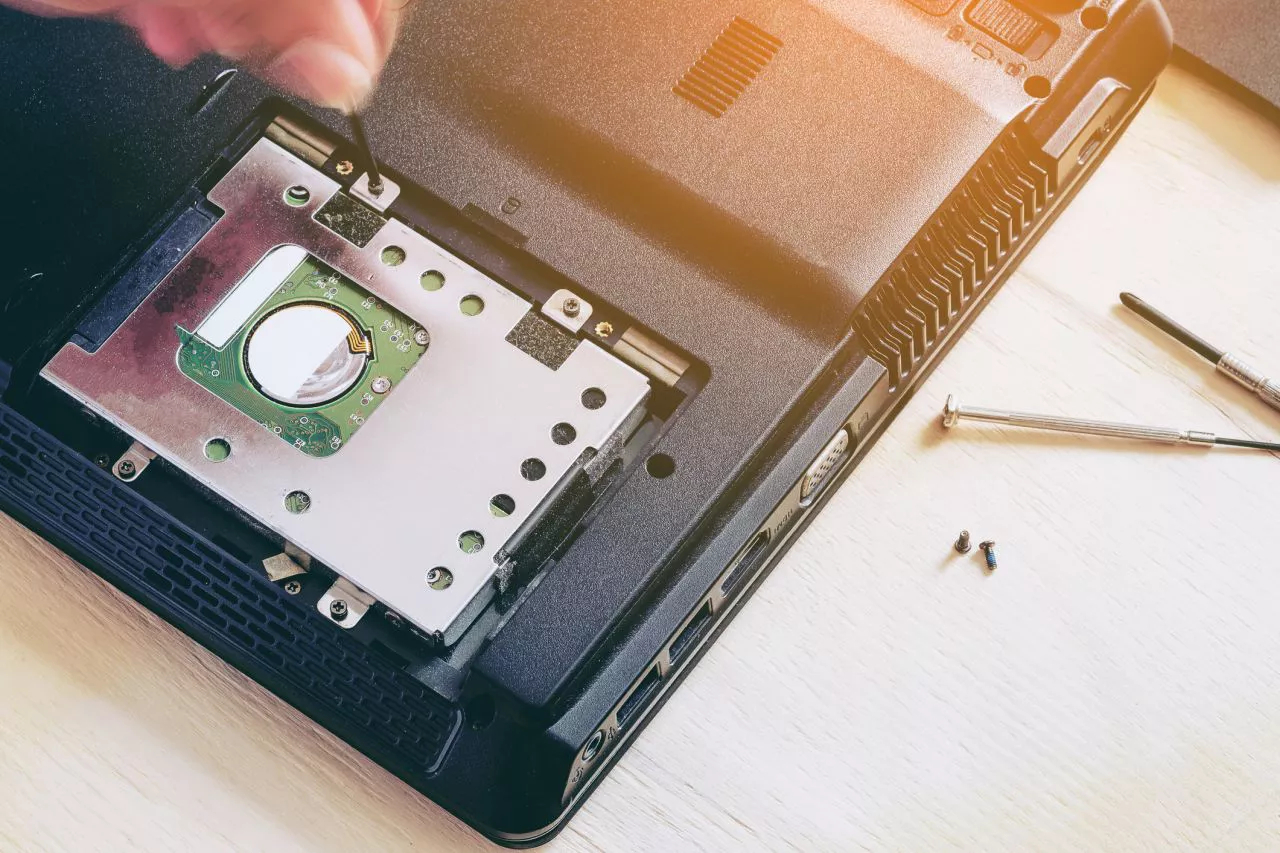
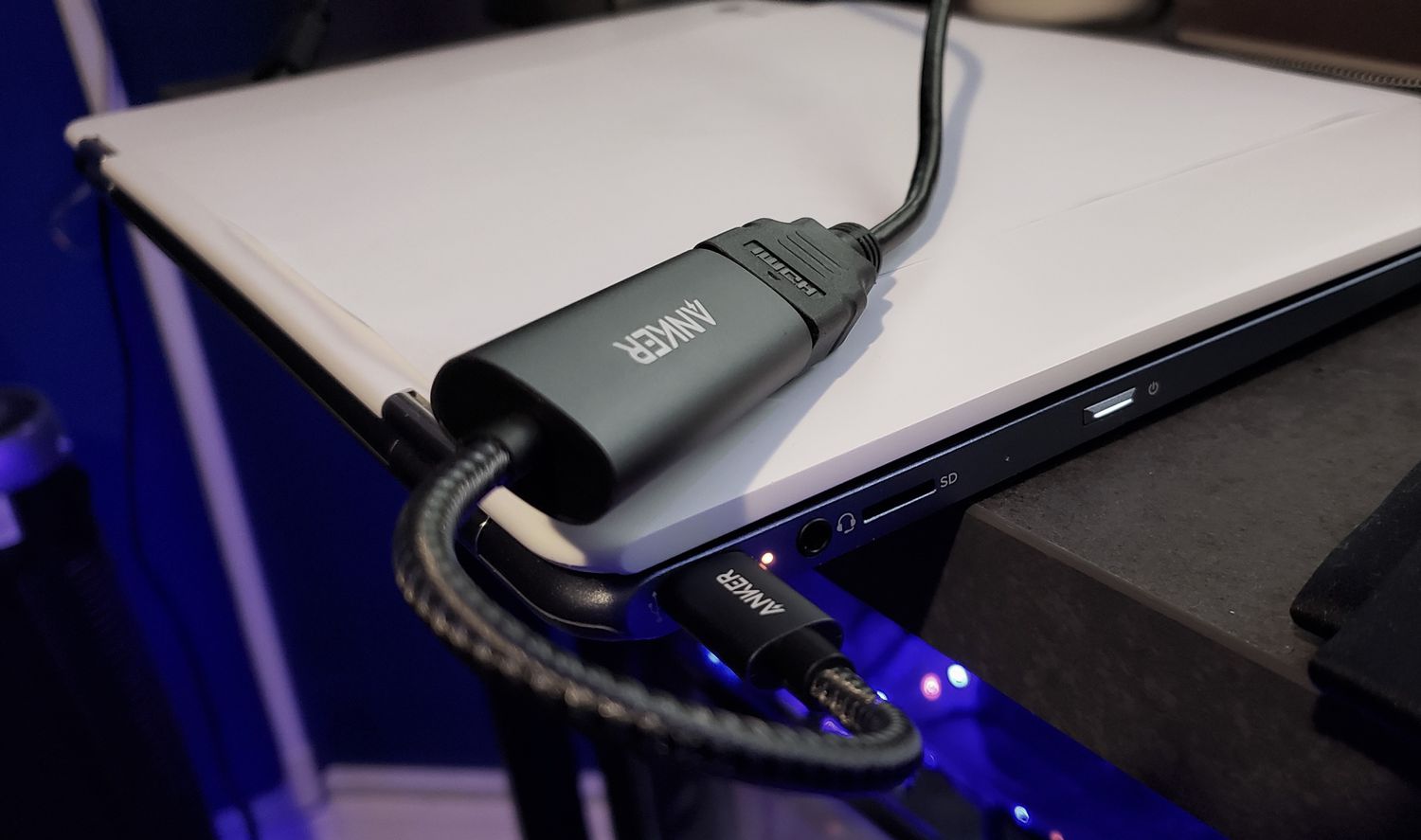
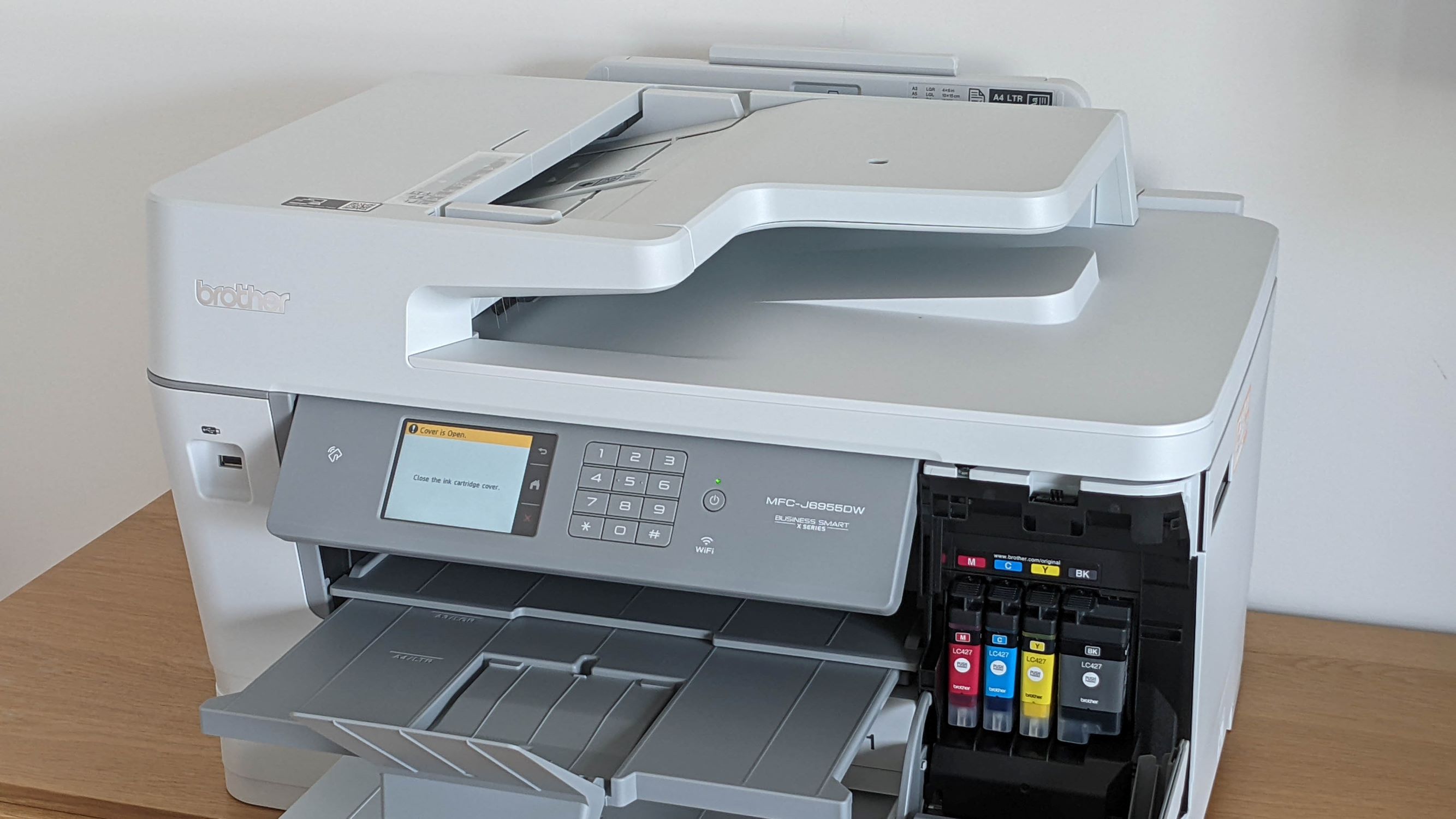


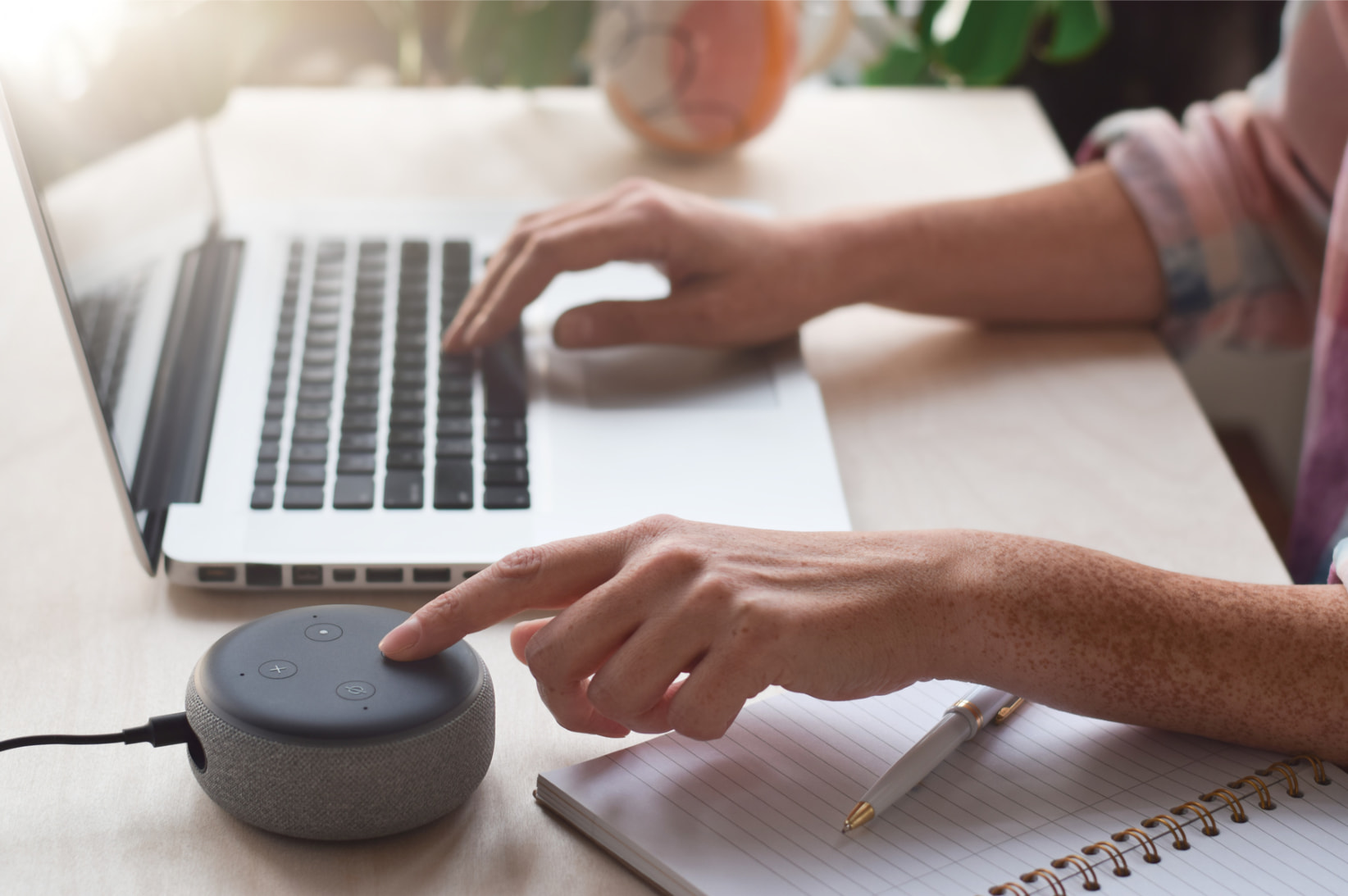
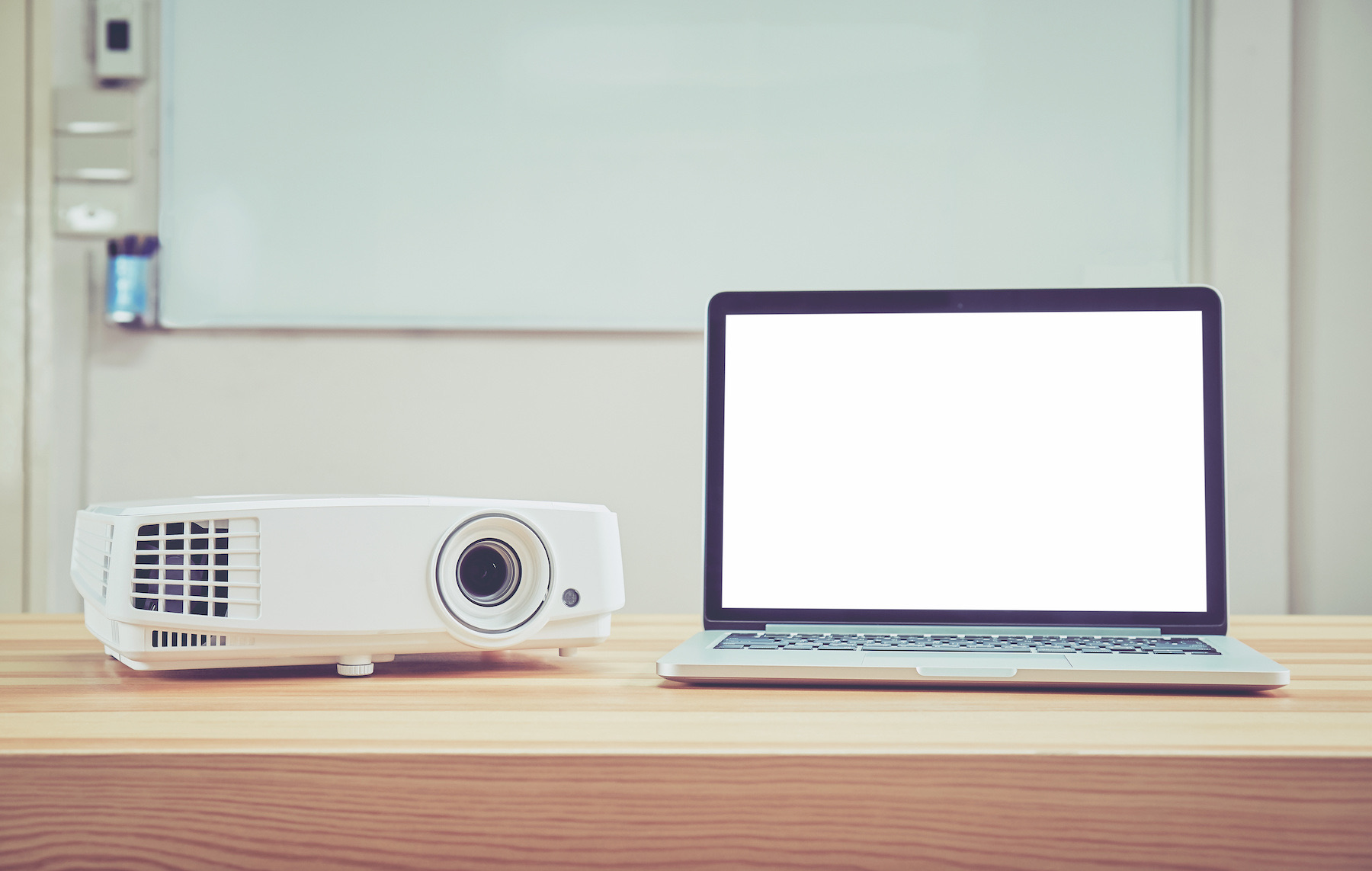


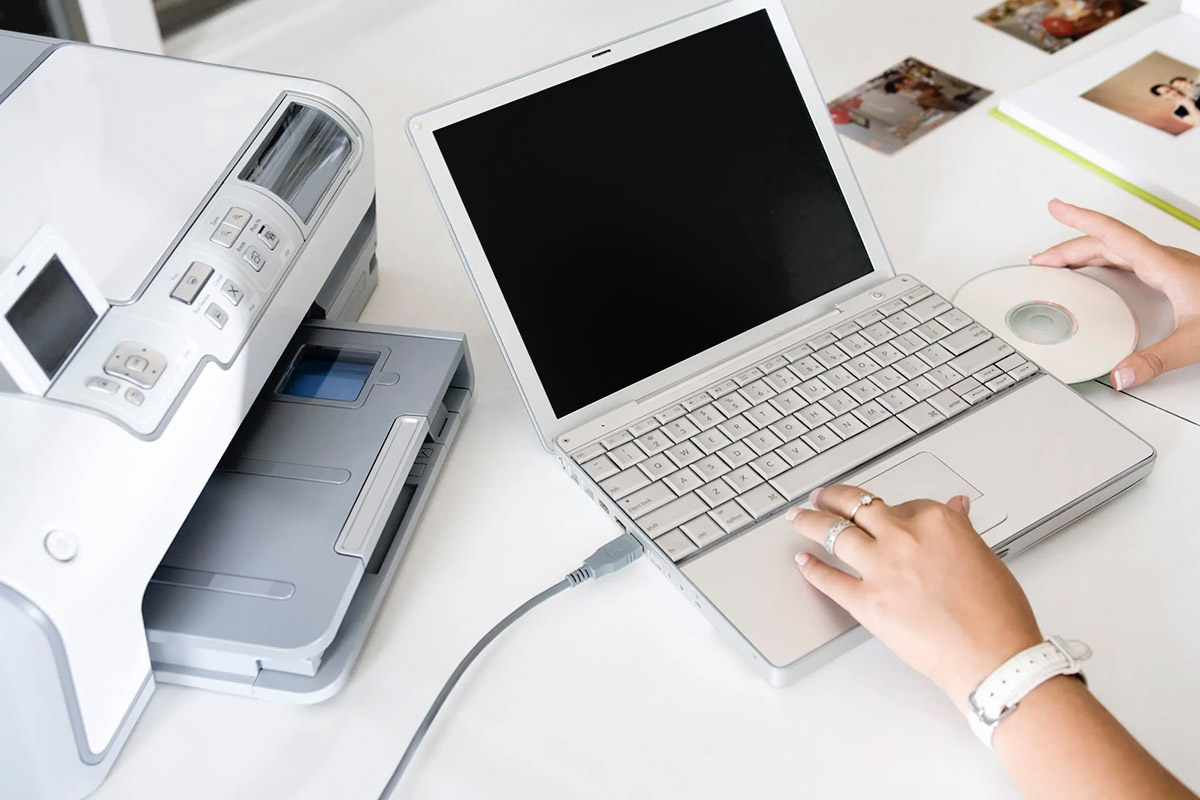
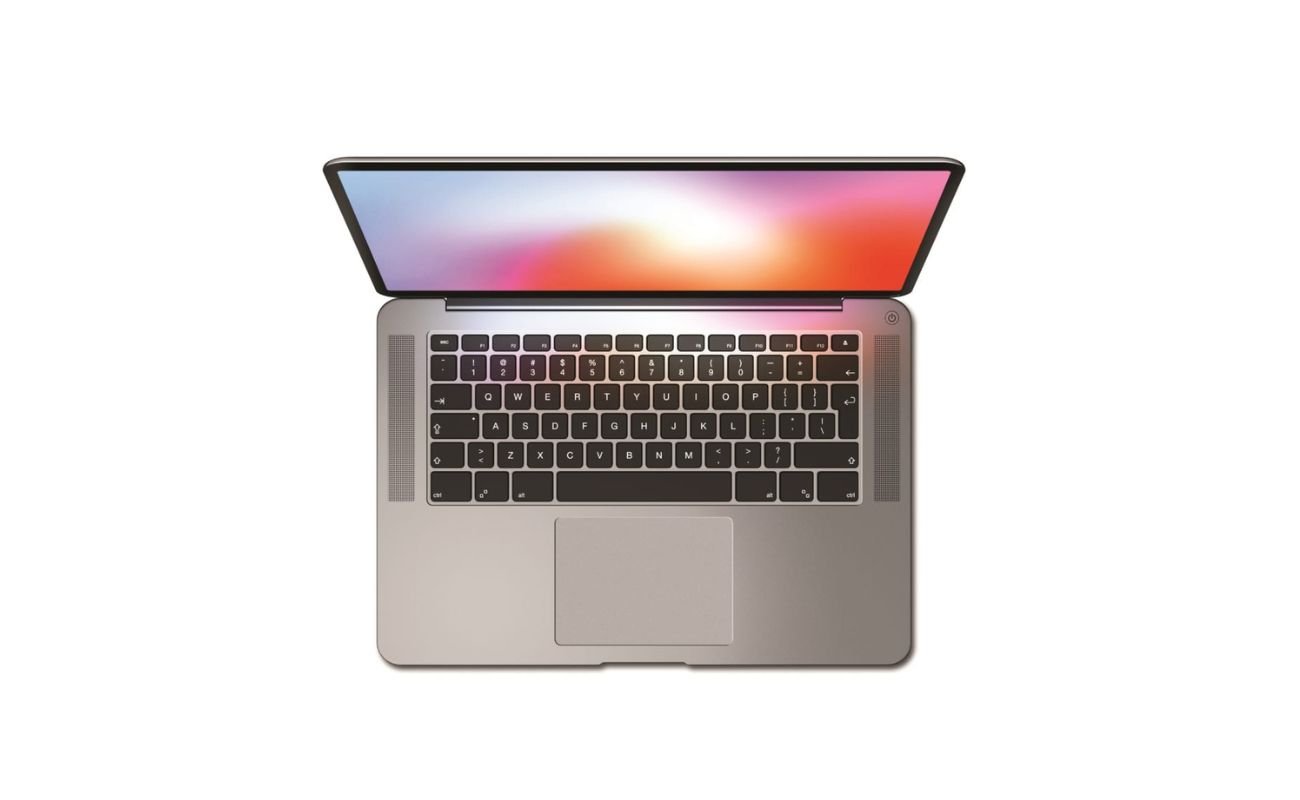
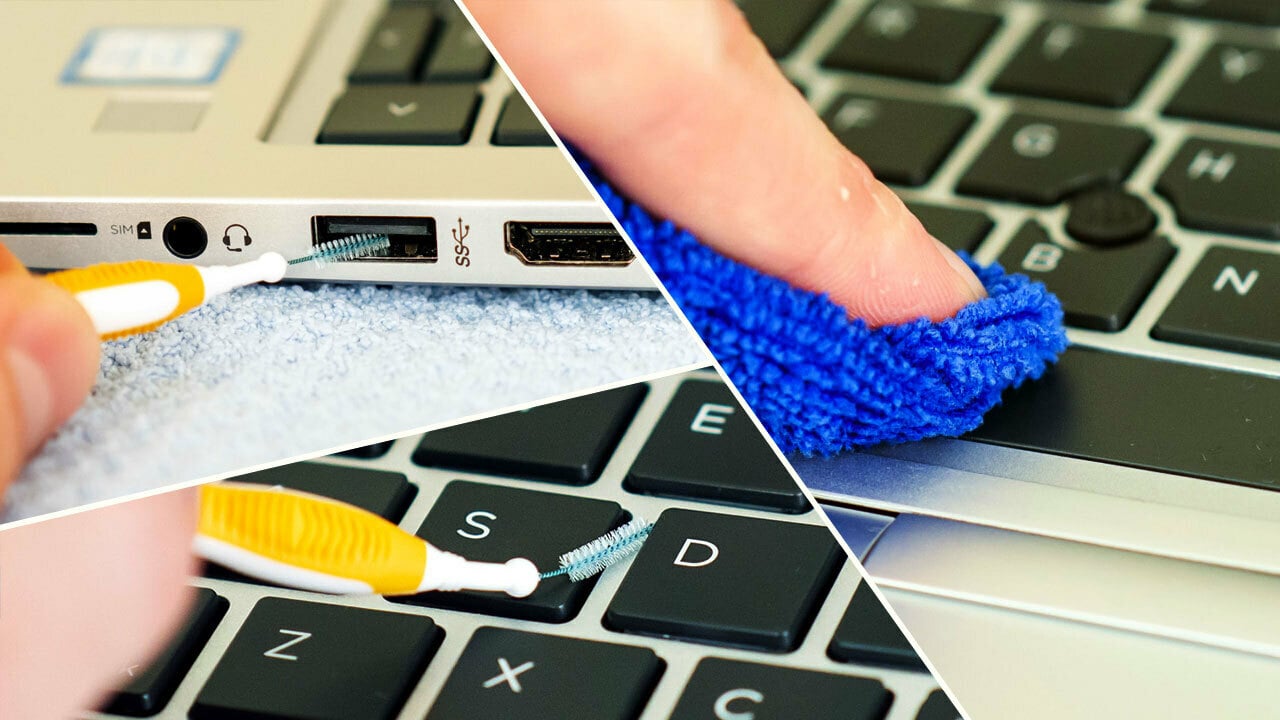

0 thoughts on “How To Store Multiple Laptops”